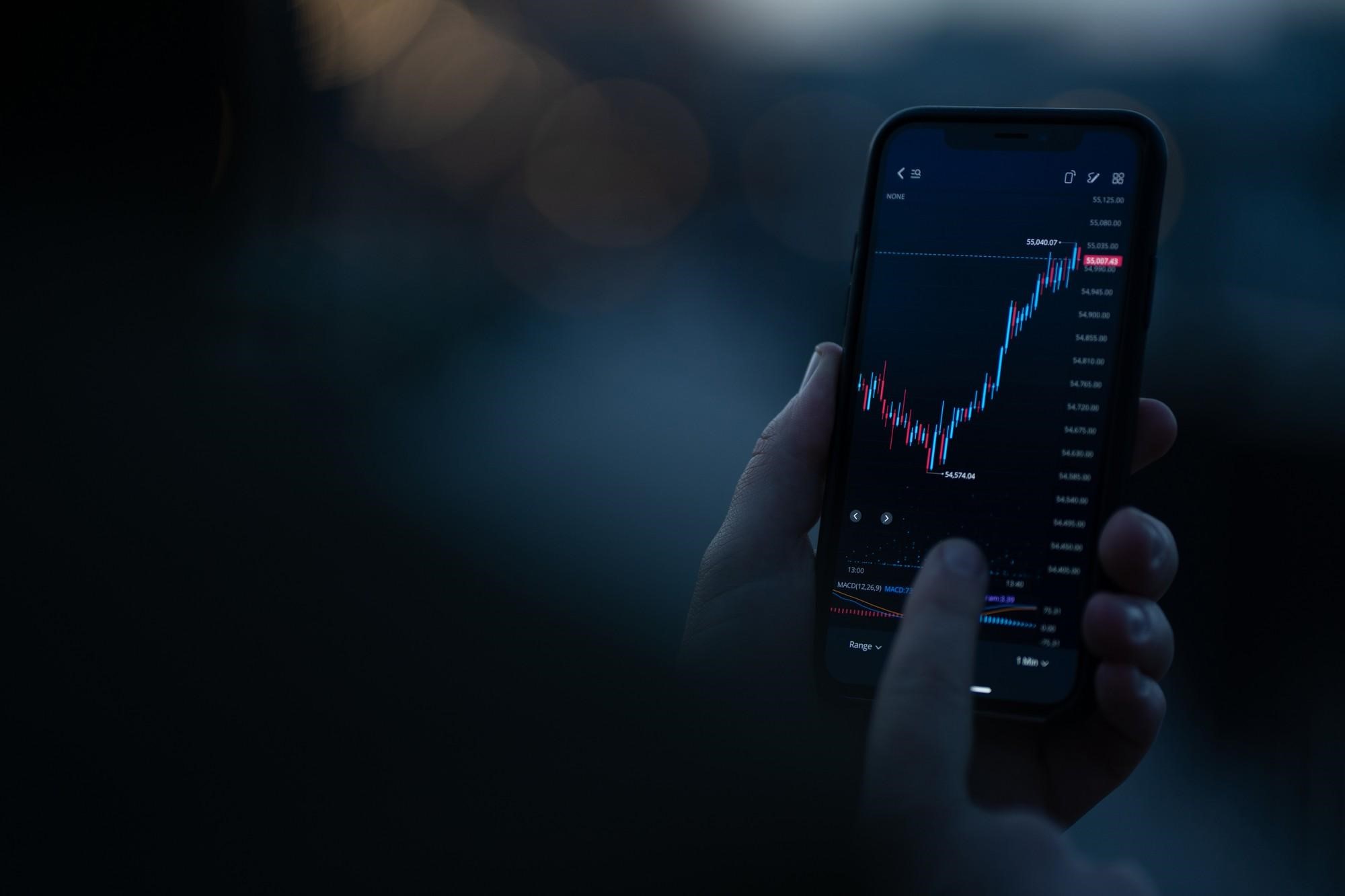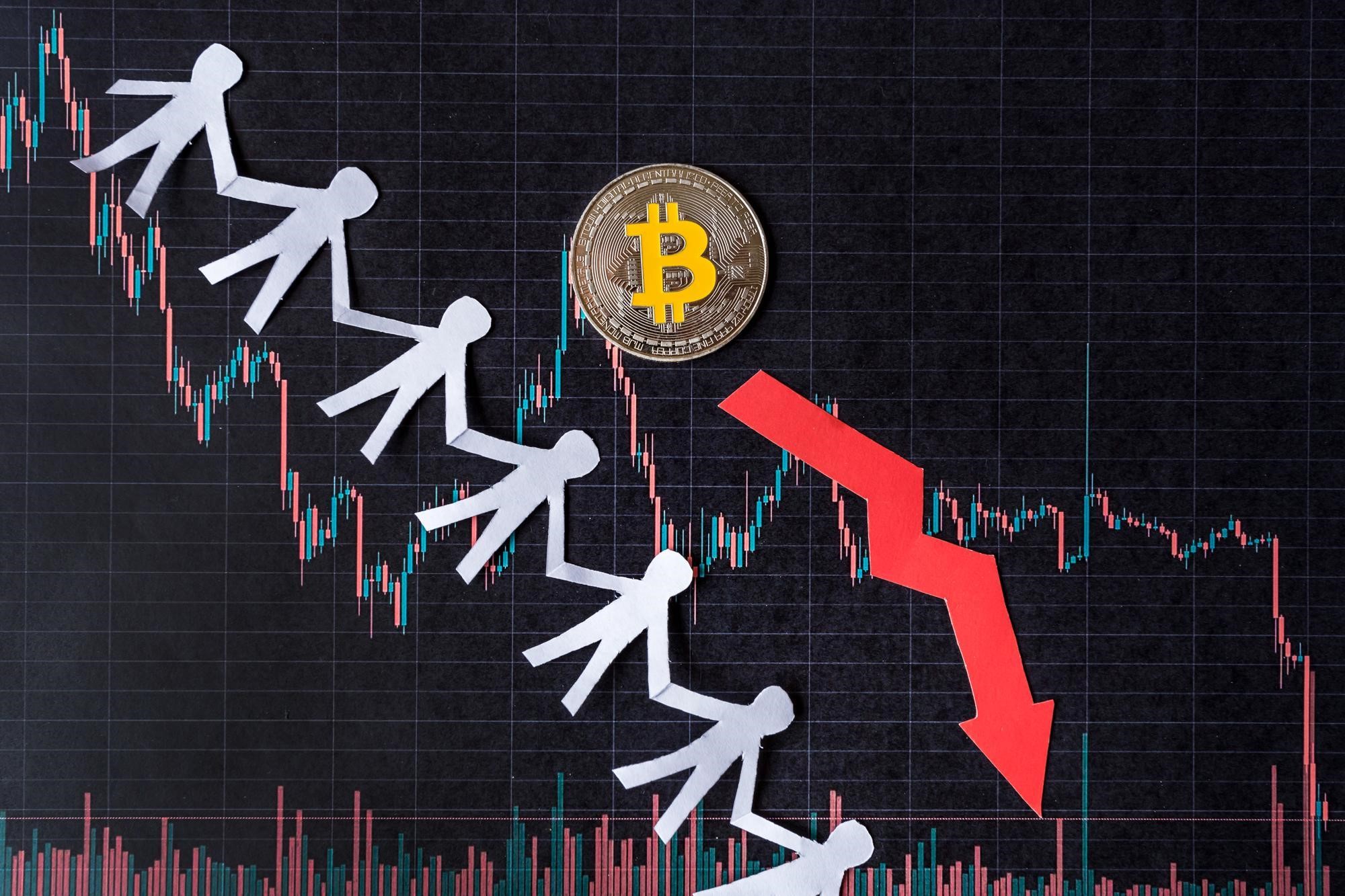
How Much Does Coinbase Charge To Trade Cryptocurrencies?

Crypto Name
Current Price
1hr
24hr
7d
30d
 Bitcoin (btc)
Bitcoin (btc)$64,719.00
↓ -0.81%
↓ -0.36%
↑ 4.62%
↑ 3.17%
Overview of Coinbase fees
Coinbase’s standard platform isn’t the best place to trade compared to its competitors. But people new to crypto and looking for ease of use and convenience may choose to ignore this.
The digital crypto brokerage also has a complicated fee system that is expensive if you are not using Coinbase Pro. Fees and prices are unclear because the exchange offers its customers a wide range of products and services, each with its own pricing model.
Explanation of Coinbase fees
Fees for trading
As was already said, Coinbase charges different prices depending on the payment method and the user’s location. Aside from the spread and deposit fee, Coinbase also charges a “Coinbase Fee.” This fee depends on how much you buy, how you pay for it (debit or credit card), and where you make the purchase. Because of this, compared to other exchanges, the service has pretty high fees.
Coinbase allows transactions in many different currencies and various ways to pay. Charges range from $0.99 for transactions under $10 to $2.99 for transactions under $200 or the equivalent in any other currency. Coinbase also charges different spreads for purchases and trades. The broker says they usually charge about 0.50% to buy or sell cryptocurrencies with a value of less than $10,000.
Fees for Coinbase Pro
The fees for Coinbase Pro are cheaper, and the platform is easier to use than Coinbase. With Coinbase Pro, it’s free to deposit and withdraw digital assets and ACH transfers (bank-to-bank money transfers done through the Automated Clearing House Network), but it costs $10 to deposit and $25 to withdraw wire transfers. Deals worth more than $200 For standard payment methods, Coinbase will charge a fee of 1.49 percent. For card payments, the fee will be 3.99 percent.
Fees for Coinbase Prime
With a unit that integrates custody, trading, data analytics, and other features, Coinbase Prime brokerage provides services for institutional clients. On Coinbase Prime, you can store and trade your crypto coins for free.
Then, the vendor will take out a monthly fee based on how many trades happened. With the Market Maker Program, clients who offer a lot of extra liquidity can get benefits like lower fees that are better than Coinbase’s standard rates.
For every maker order and every taker order added to the order book, Coinbase Prime levies a maker fee. The fee is listed in the quote asset, and Coinbase Primes figures it out as a percentage of the order amount. When the customer puts in the order, a fee for the cost is debited from the trader’s available balance.
Service for Wallet
Customers may keep their USD, and cryptocurrency free with Coinbase’s hosted cryptocurrency wallet and free USD wallet services. Also, there is no cost to move cryptocurrency from one Coinbase wallet to another.
Coinbase incurs and pays network transaction costs for transactions on cryptocurrency networks, such as miners’ fees. Therefore they will charge customers a fee depending on how much of a network transaction they estimate they will experience for each purchase. The company will tell you about all transactions at the time of order.
Cryptocurrency exchanges
Coinbase Pro adds a margin or spread to the market exchange rate to figure out the exchange rate for cryptocurrency transactions. A “Coinbase Fee,” a flat fee or a percentage of the transaction, may also be charged. This fee is separate from the spread.
But Coinbase says that they will always let customers know about all Coinbase Fees (except for the margin) and any other service fees that apply to each transaction before it is confirmed.
Buy-and-sell deals
Coinbase charges a spread of about 0.50% for buying and selling cryptocurrency. Changes in the market between when Coinbase Pro shows the price of a cryptocurrency and when the order is executed can cause the spread to be bigger or smaller than what was shown at first.
The greater of either the flat charge or the variable % fee based on area, product feature, and payment method is the Coinbase Fee. When moving money to or from a bank account, Coinbase may sometimes charge an extra fee.
If you wanted to buy $100 worth of bitcoin in the U.S. through a U.S. bank account or a USD Wallet on the platform, it would cost you $2.99 in U.S. dollars. The variable percentage would be 1.49 dollars, which is 1.49 percent of $100.
Since the fixed fee is more than the variable in the example, the total cost of the transaction is $2.99. Remember that fees that change based on a percentage do not apply to convert cryptocurrencies. The minimum flat or variable fee will always be higher than the Coinbase fee. Here’s how the flat fees break down:
Sum of All Purchases and Sales
- In the range of $10 to $25, but less than $100
- Less than $50 but more than $25
- Less than $200, but more than $50
The interest rate for a margin loan.
Early in 2020, Coinbase added a “margin trading,” which lets traders use up to 3x leverage, which is enough for new investors. Coinbase charges a fixed, annualized interest rate of 8% for trading on margin for both open and filled orders. On Coinbase, the interest rate on the amount you borrow is 8% per year.
But you only pay interest for the hours you use margin. Based on the collateral assets you already have in your account, you can use United States Dollar USD to buy a certain amount of collateral assets, like bitcoin BTC-USD. Your Margin Score and other information about margin trading can be found in your Coinbase Pro account.
The Margin Score is the ratio of a person’s collateral assets to their liabilities. This shows how well their liabilities are backed up. The Margin Score also shows how healthy your margin account is. This is important because it will let you know if you are getting close to a Margin Call, where you risk having your account closed.
Needs for trading on margin
There are eligibility and collateral criteria for margin trading, even though it is open to individual and institutional traders.
To qualify, individuals must reside in one of the 23 states where Coinbase provides the functionality, have a valid Coinbase Pro account, and be active on Coinbase Pro, as assessed by recent transactions, balances, and deposit/withdrawal activity.
Institutional clients who want to trade on margin must live in one of the 43 states or nine countries where margin trading is currently available for institutions.
 How To Make Huge Profits In A Short Time With Crypto
How To Make Huge Profits In A Short Time With CryptoGet detailed training system that shows an absolute beginner (without any skill) how to make huge profits in a short time with crypto.
 Crypto + NFT Quick Start Course
Crypto + NFT Quick Start CourseThe #1 course for profit in the Crypto & NFT world - You will discover the secrets that 99% of people don’t know yet



